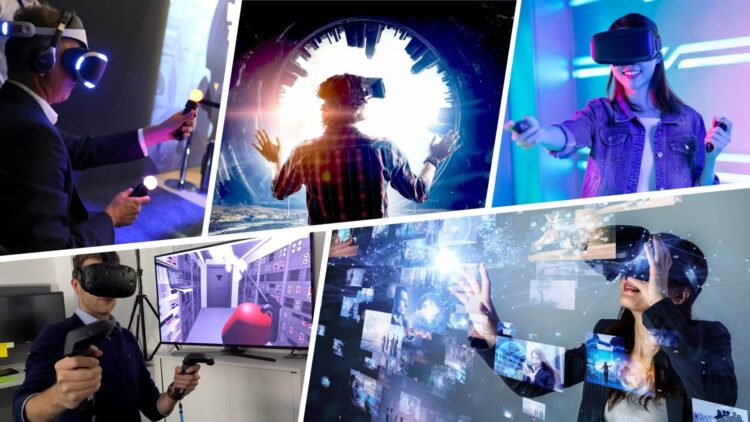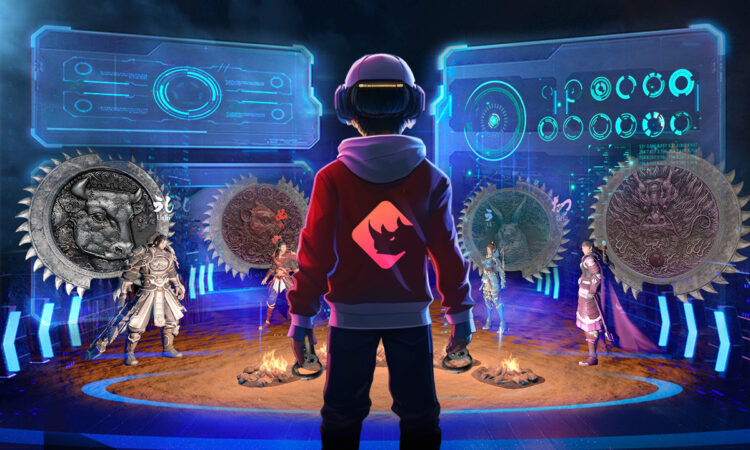Virtual reality gaming has become a breeding ground for innovation, pushing the boundaries of traditional game design and offering a glimpse into the future of interactive entertainment. As technology advances, developers are exploring new horizons in VR, creating experiences that challenge our perceptions and redefine what it means to play a game.
This article delves into the dynamic world of VR game development, highlighting how it’s reshaping the gaming landscape.
Page Contents
The Evolution of VR Game Design
Initially, VR games were seen as extensions of traditional gaming, replicating familiar environments in a 3D space. However, as VR technology has matured, so has the approach to game design. Developers are now crafting unique experiences that are only possible in virtual reality gaming.
This includes games that leverage the full potential of 360-degree environments, incorporate physical movement as a gameplay element, and use VR’s immersive nature to create emotionally resonant experiences.
Immersion and Interactivity ─ Core Pillars of VR Gaming
The key to innovative VR game design lies in its immersion and interactivity. Unlike traditional gaming, where players are observers, VR places them directly into the game world. Designers are leveraging this by creating games that engage not just the sense of sight and sound but also touch and even movement.
For instance, puzzle games in VR often require physical manipulation of objects, adding a tactile dimension to mental challenges. This level of immersion and interactivity is transforming how stories are told and experienced in games.

Source: ediiie.com
Overcoming Design Challenges in VR
Creating games for VR comes with a unique set of challenges. One of the primary concerns is the physical comfort of the player. Designers must account for motion sickness and ensure that gameplay does not cause physical strain.
This has led to innovative solutions like teleportation for movement within the game or designing experiences that can be enjoyed in sitting and standing positions. Another challenge is the limited field of view in some headsets, which impacts how players perceive and interact with the game world.
The Role of Narrative in VR Games
Narrative and storytelling in VR games are evolving. In VR, players are not just passive recipients of the story but active participants. This shift has led to the development of games that offer non-linear narratives, branching storylines, and even narratives that change based on the player’s actions and decisions.
This approach has opened new possibilities for storytelling, making the narrative experience more personal and impactful.
Social Interaction and Multiplayer Experiences
VR is also changing the landscape of multiplayer games. Developers are creating VR spaces where players can interact with each other in real-time, offering a level of social interaction that goes beyond traditional online gaming. This includes cooperative games where players must work together to solve puzzles or defeat enemies and competitive multiplayer games that bring a new dimension to player versus player – (PvP) encounters.

Source: studiobinder.com
Expanding VR’s Educational and Therapeutic Potential
Beyond entertainment, VR game design is making strides in educational and therapeutic applications. Educational VR games revolutionize learning by providing immersive, interactive experiences that make complex concepts more tangible and engaging for students.
In therapy, VR games are used as cognitive rehabilitation and stress relief tools, offering controlled environments where patients can safely confront and work through their challenges. These developments indicate a promising future where VR games entertain, educate, and heal, broadening the scope of virtual reality’s impact on society.
The Future ─ Cross-Reality Experiences and Beyond
Looking to the future, the possibilities for VR game design are boundless. Integrating augmented reality (AR) with VR to create cross-reality experiences is an exciting prospect. This hybrid approach could unprecedentedly blend the physical and virtual worlds, offering even more immersive gameplay.
Additionally, as AI technology advances, we might see more intelligent and responsive game environments that adapt to the player’s style and preferences.

Source: dehfi.com
Conclusion
In conclusion, innovative game design in virtual reality is transforming the gaming landscape and expanding its reach to educational and therapeutic realms. As VR continues to evolve, it pushes the boundaries of what games can achieve, offering experiences that are not only entertaining but also enriching and healing.
The future of VR gaming holds endless possibilities, poised to reshape our understanding of interactive digital experiences and their potential in various aspects of human life.





